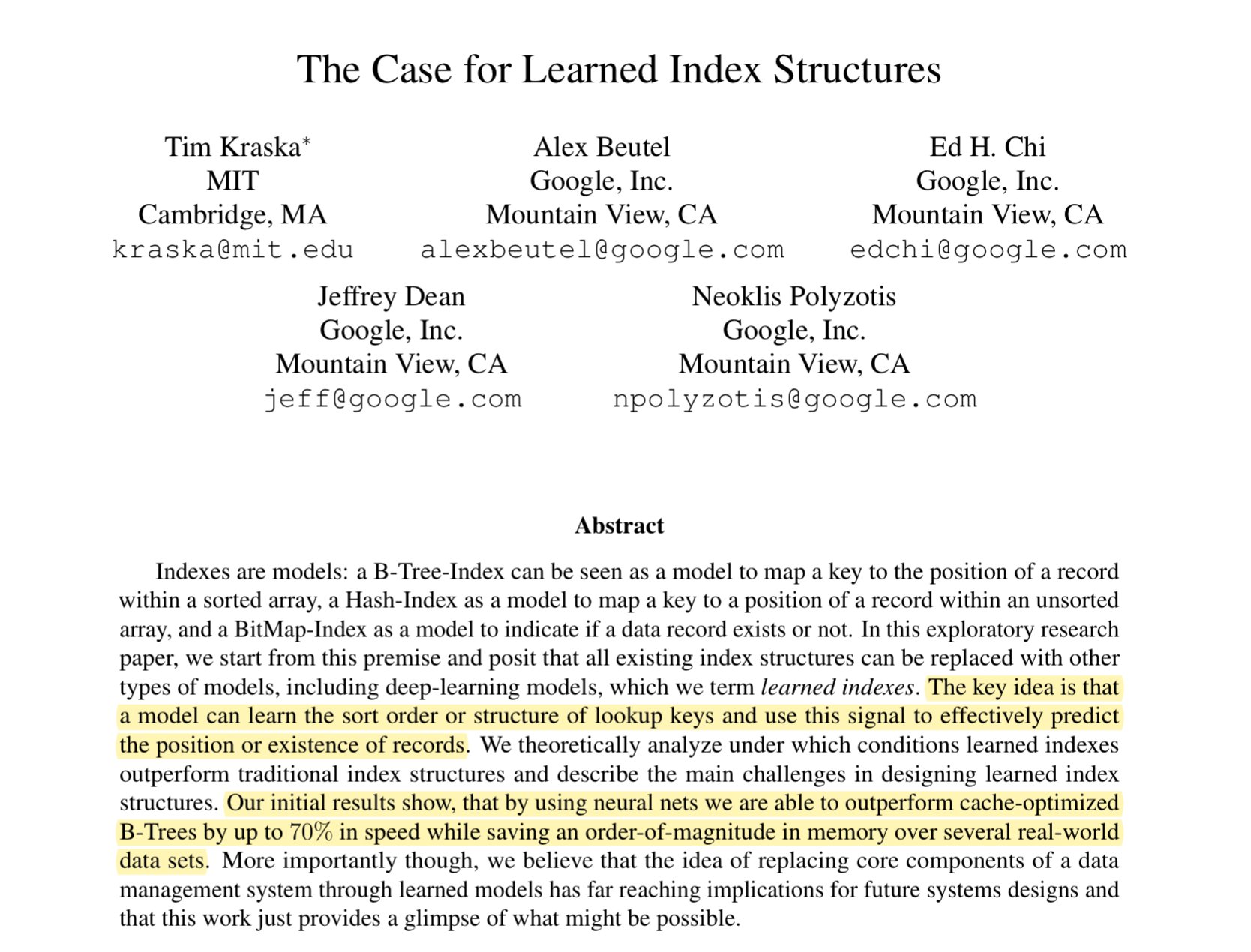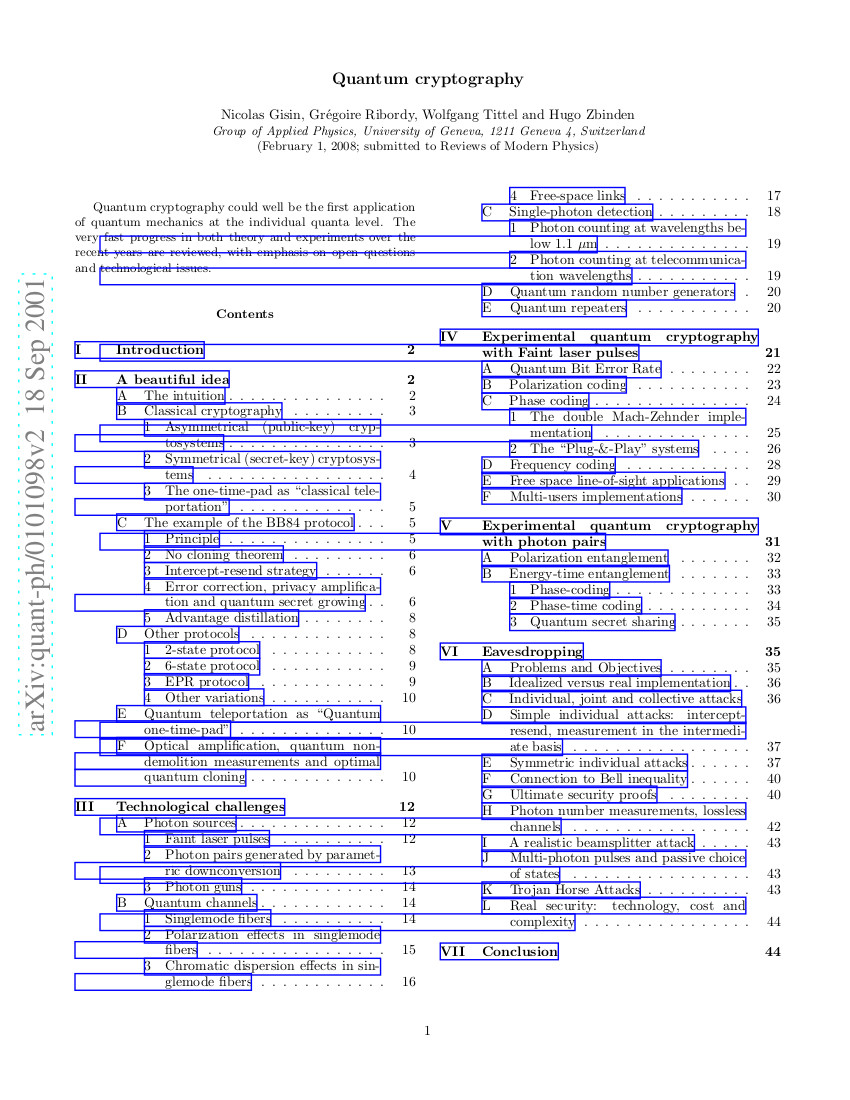
XION Special: Call for Papers
The XION Book Club is hosting a special “call for papers” event for the month of April, 2018. Club members are encouraged to share their favorite scientific papers from a variety of topics. There are no rules for selection–just share whatever might seem interesting to the rest of the club.
Visit the details page to see submissions from the club members. Submissions should be emailed to cfp.bookclub@xionsf.com with a link to the paper and a short description of what it’s about.
Book Details
| Month | April 2018 |
| Meetup Date | Saturday May 12 2018 18:00:00 |
| Meetup Location | Cyberspace |
Submissions

|
Attacking the Nintendo 3DS Boot ROMsSubmitted by zannethThe Nintendo 3DS has a respectable security system in place to protect from unauthorized software running on the device. However, researchers have found that by exploiting a bug in a custom-designed signature parser, it’s possible to trick the system into verifying a different segment of memory by feeding it a malicious firmware image. Using these tricks a bit of clever brute-forcing allowed these researchers to steal secret information from the device and load custom firmware images. |

|
Cellular Automata Theory and Physics: A New Paradigm For The Unification of PhysicsSubmitted by Roger ClarkA paper from the late 90s proposing a 3D cellular automata model of the physical universe. A CA-based physics theory would allow us to describe the laws of physics as a set of computational rules operating on a matrix of numeric cells. The paper explores implications of this theory, including ideas on how to handle gravity, relativity and quantum phenomena. It doesn’t go all the way, and the authors haven’t published much on this subject since. Of course, no model is ever totally accurate, and that includes this one. But it offers a great introduction to this kind of thinking. This work resembles the theories of other “computable universe” proponents like Stephen Wolfram. |

|
Beyond the Centralized MindsetSubmitted by mantraHumans typically have a centralized way of thinking about the world. Patterns that are observed in nature are commonly thought to have a single entity that is leading or orchestrating the rest of the group. Beyond the Centralized Mindset offers a different perspective, presenting new conceptual tools for understanding decentralized systems as well as a set of computational tools that assist in visualizing patterns in a decentralized way. |

|
The Case for Learned Index StructuresSubmitted by Luca BernardiIndexes are models: a B-Tree-Index can be seen as a model to map a key to the position of a record within a sorted array, a Hash-Index as a model to map a key to a position of a record within an unsorted array, and a BitMap-Index as a model to indicate if a data record exists or not. In this exploratory research paper, we start from this premise and posit that all existing index structures can be replaced with other types of models, including deep-learning models, which we term learned indexes. |

|
Quantum CryptographySubmitted by azurianrexAs quantum computing edges more and more toward the realm of practical possibility, scientists at the University of Geneva are beginning to exploit the quantum mechanical properties of elementary particles to perform cryptographic tasks. This paper explores various “classical cryptography” standards employed today, such asymmetric key distribution and one-time-pad encryption, and offers quantum solutions to these problems that are resistant to the continuing advancements in CPU/GPU performance and cracking techniques. |

|
Adults can be trained to acquire synesthetic experiencesSubmitted by Aaron NgSynesthesia is a neurological phenomenon where sensory stimulation triggers one or more additional cognitive pathways in the brain. For most people who experience synesthesia, this means that they are able to perceive secondary sensory experiences involuntarily. For example, a common form of synesthesia involves the association of sounds and colors, where various sounds such as music, speech, or banging sounds trigger the brain to perceive colors associated with the particular sound. Researchers at the University of Sussex in Brighton have discovered that it is possible to train adults to have synesthetic experiences similar to those who are affected by the congenital form of the condition. By repetitive association of letter-color combinations, subjects exhibited behavioral and physiological markers for what is known as grapheme-color synesthesia. |